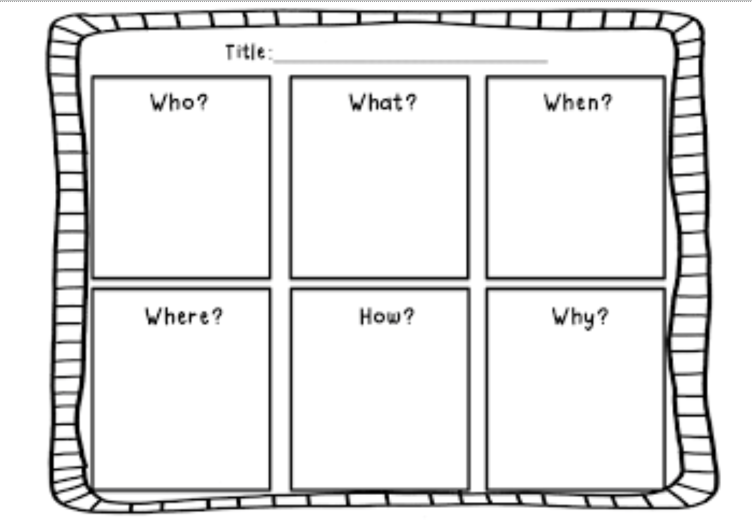Goal:
Students will understand the importance of using good sentence fluency to express an idea clearly and to be able to create sentences that are descriptive and organized so that they sound good.
Specific Learning Objectives:
- Students will learn how to put together sentences from the story.
- Students will learn how to recognize the importance of sentence fluency to create a better story.
- Students will be able to describe how some sentences can be enhanced with even better words to make a story more interesting.
- Students will learn how to use sentence structure to create a better story.
- Students will be able to transfer what they learn to discuss better sentence fluency in their writing and to create interesting text.
Introduction/ Hook:
Prior to the lesson, read the story, Miss Nelson Is Missing.
Discuss how the author uses language and certain word choices to paint a picture and give a certain flow or rhythm. Brainstorm who, what, and where ideas from the text. We will use a graphic organizer to highlight how the author uses sentences to describe who, what, when, why, and where in the story. Watch Video song to reinforce. Discuss why the author chose to say certain sentences the way he did to make the story more interesting. Rewrite several sentences in a way that is far less interesting so that you can compare and contrast the differences to discuss what makes a sentence sound good. Try taking two ideas and creating one good sentence using a dry-erase board.
Day 1
After you are done modeling what good sentence fluency looks and sounds like, fill out a chart of different characters from the story. Your child will get to choose sentences you have listed that go with a particular character. Uncover a sentence about what one character did, such as: “argued loudly with the detective,” and then ask the child to choose the action that goes with the correct character. Do the same for all the characters. Then move on to sort out where and when. After you have sorted all the characters, build good sentences together during an interactive writing session (Interactive writing is simply making the writing process collaborative while modeling the writing process by thinking out loud your choices and reasoning while encouraging input from the child.) Pay attention to good sentence structure and special words that help transition from one thought to another. Purposely make poor choices and note how bad it sounds when you don’t construct sentences carefully.
Day 2
On the second day, review your sentence choices again. Reconstruct the story of Miss Nelson Is Missing using the sentences you made the day before. Model taking one sentence and making it even more interesting using adjectives. Discuss and model how the author used interesting word choices to strengthen the descriptions of the characters in the story. Have the child assist you in creating several more sentences that give more information and sound good. The child will pick one character and write a sentence of their own to describe the who, what, where, when, and why.
Day 3
Celebrate individual sentences and discuss why you like them or what questions you may have regarding choices. Write the sentences on big paper and model good handwriting. Discuss the amazing changes and new details in the writing that make it more interesting.
Follow up lesson
Do the same process using a different story with good sentences and really bad sentences to see if the child can identify fluent and nonfluent sentences. Discuss what makes a sentence good and what makes it poor. Create an anchor chart to show these specific traits of a well-constructed sentence with many good examples to refer back to for future writing activities.

Assessment
Body of work from your writing for sentence fluency. Keep final copy in a journal.
